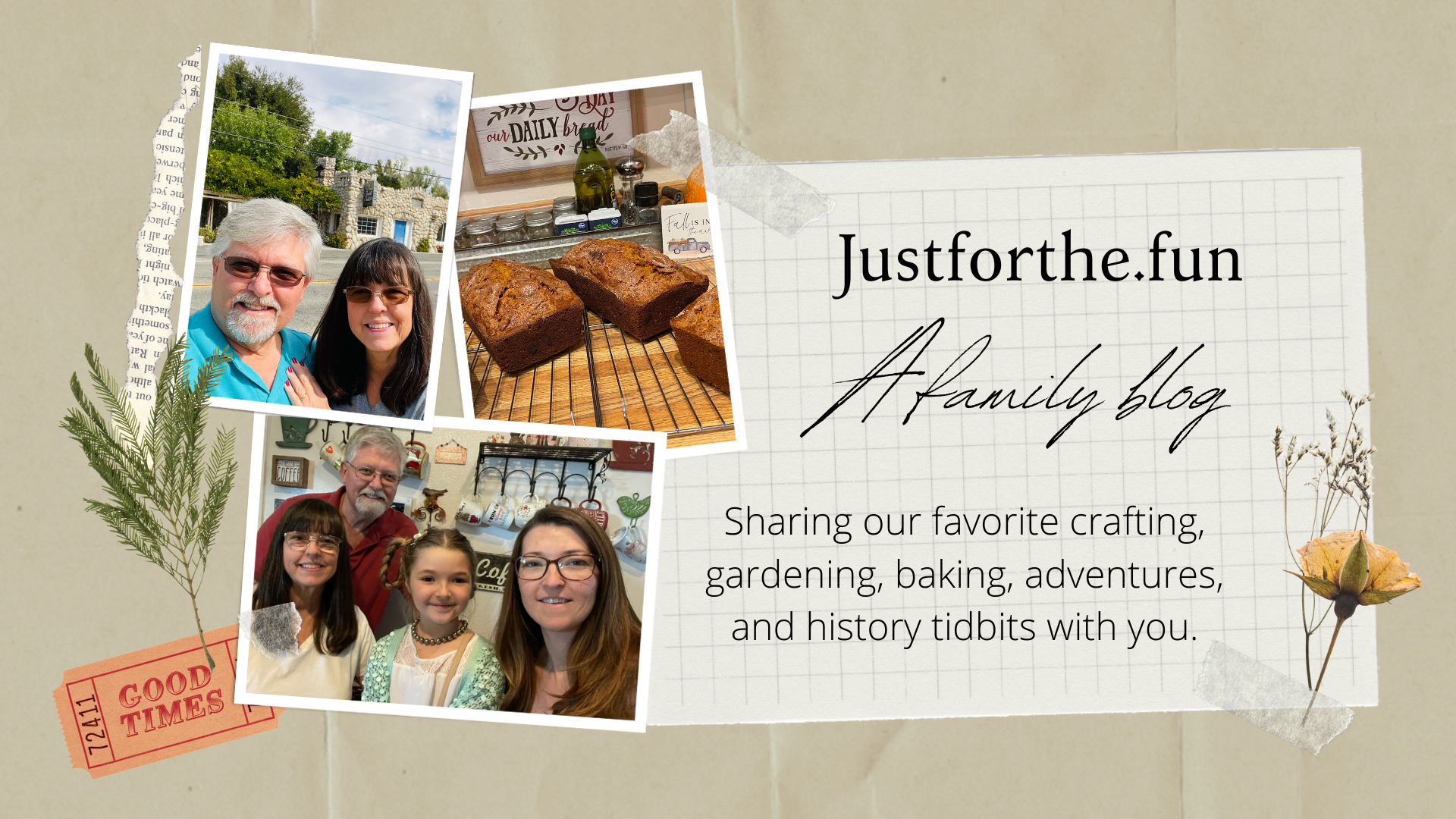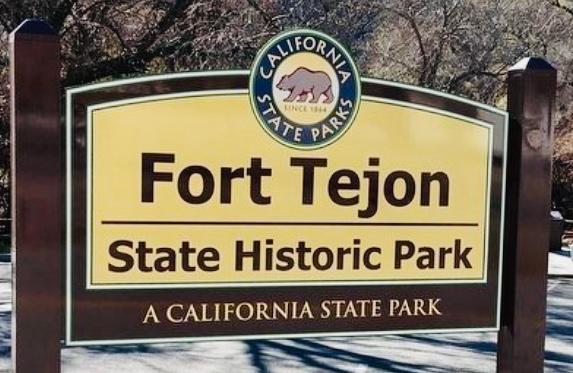Leaving the hustle and bustle of the Santa Clarita Valley, our family Funday Adventure takes us 40 minutes north on the 5 freeway. Leaving the last housing tract in Castaic and all signs of suburbia behind, we begin the long climb up and over the mountains that separate Los Angeles and Southern California from California’s Central Valley.
Passing through the small community of Gorman, we continue our climb cresting the summit at an elevation of 4100 feet. We then pass through the small town of Frasier Park and just before the infamously steep roller coaster-like descent known as the Grapevine, we pass through the small hamlet of Lebec, California. We exit on the last off-ramp on the top of the mountain and reach our destination, Fort Tejon State Historic Park.

As we do with most of our family Funday Adventures, we find ourselves stepping back in time. Today our adventure takes us back over 170 years to 1852 when then-President Millard Fillmore appointed Edward F. Beale to the position of Superintendent of Indian Affairs for California and Nevada. He was infamous for opening the historic pass between the San Fernando and Santa Clarita Valleys known as Beale’s Cut.
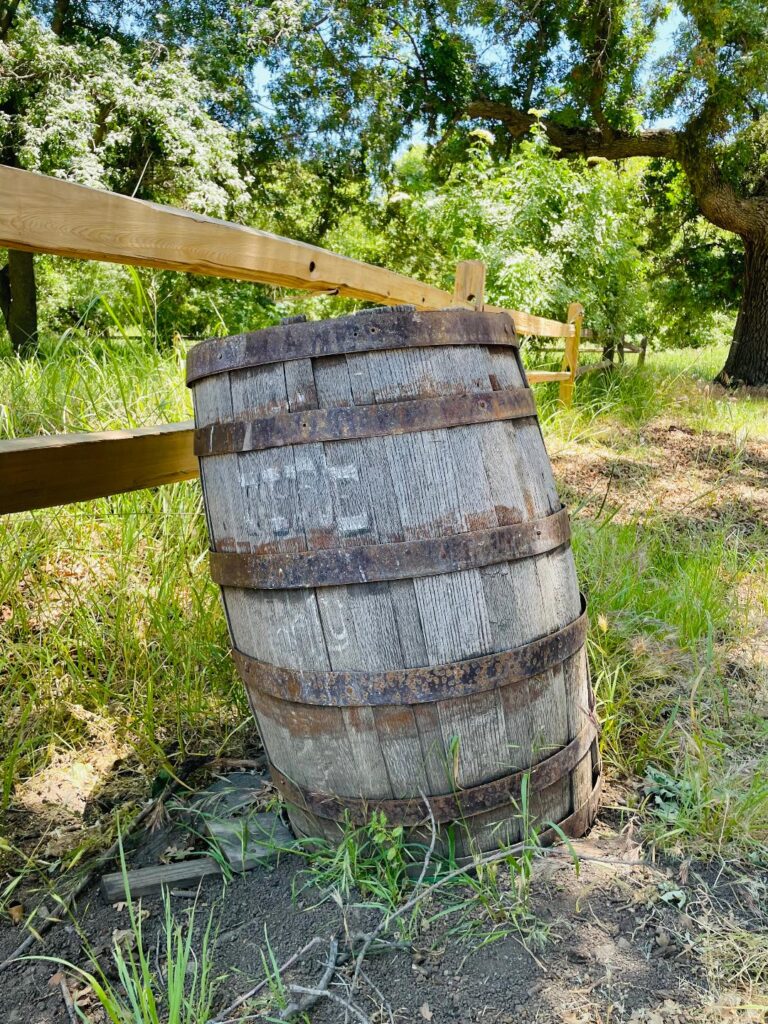
President Filmore sent Beale to California to stop the confrontations between the Gold Rush settlers and the local Indians. His plan called for a fort to be built near the southern end of the San Joaquin or California’s Central Valley. The fort would help protect the settlers and local Chumash Indians from the Paiutes, Chemeheui and Mojave Indians attacking from the desert regions to the east.
Located 76 miles northwest of Los Angeles and operated by the California State Park Service, the location was originally selected in August 1854 by U.S. Army Quartermaster, General J.L. Donaldson. The site was chosen because it “was handsome and promised adequate wood and water.” Donaldson was convinced it would become the main route from the central valley to Southern California and so it did. The 5 freeway passes just a few hundred feet from the entrance to the Fort.
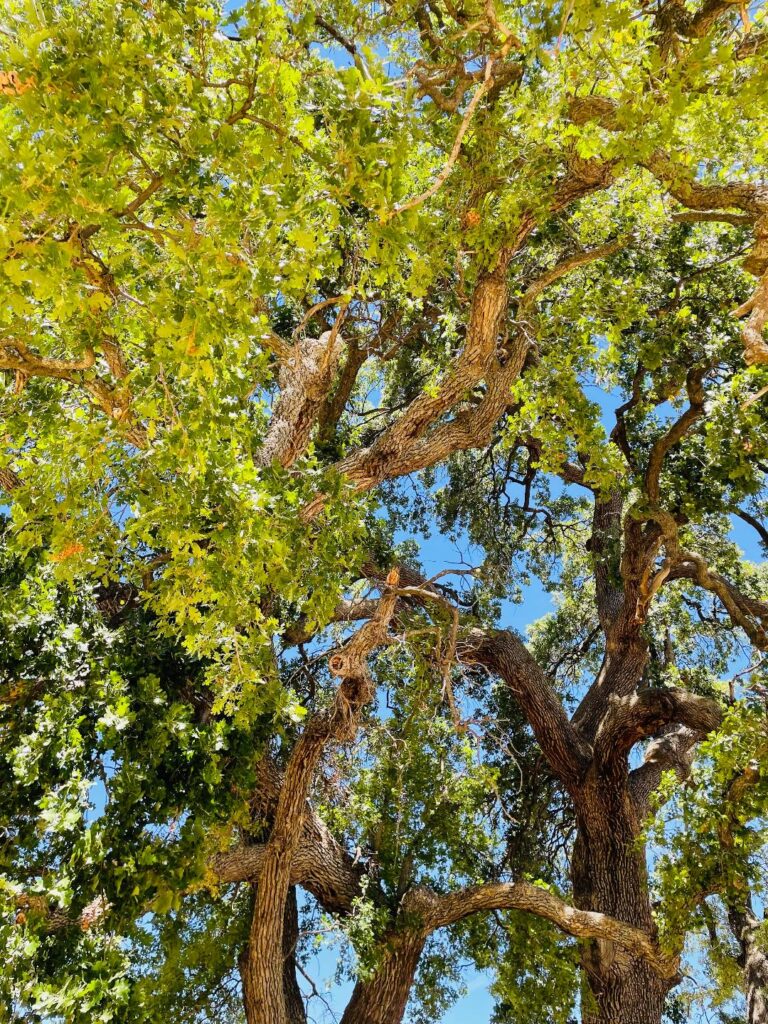
“Adequate wood and water” is what we find as we exit our car and enter an oasis of lush green vegetation. With an ice chest containing our picnic lunch and folding chairs in hand, we cross over a small bridge listening to the cascading stream below. We enter the park and find ourselves surrounded by massive 400-year-old Valley Oak trees.
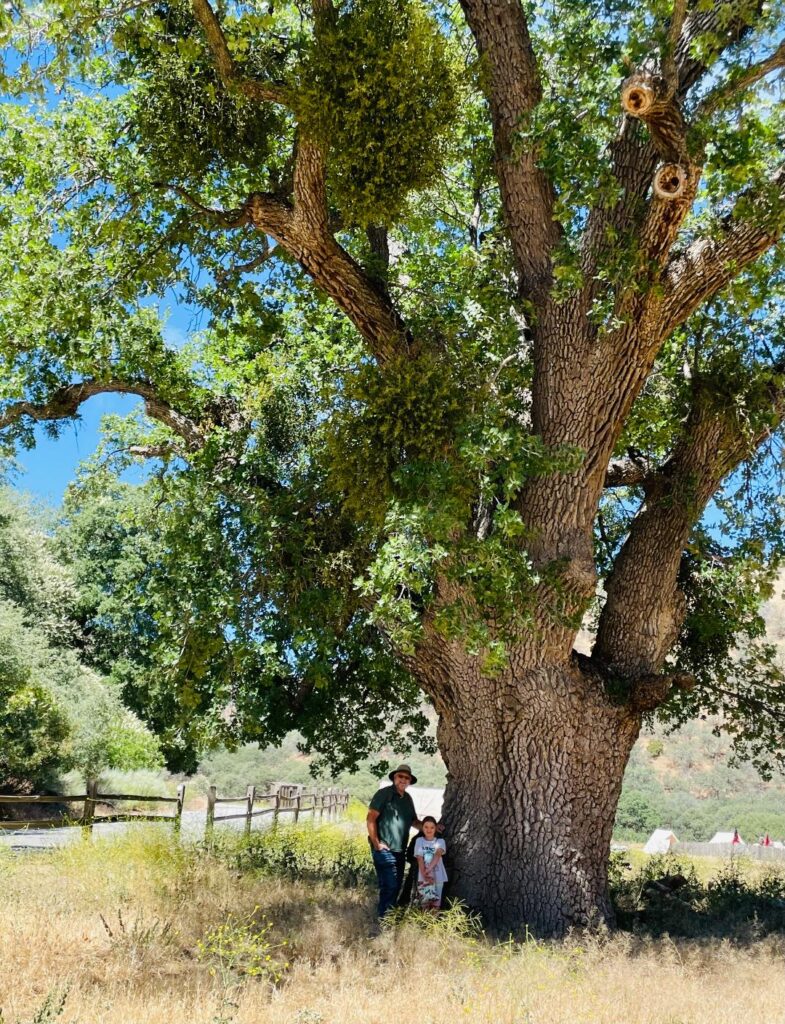

Originally built as a series of adobe buildings, Fort Tejon was first garrisoned by the U.S. Army in August 1854 and was abandoned ten years later in September 1864.
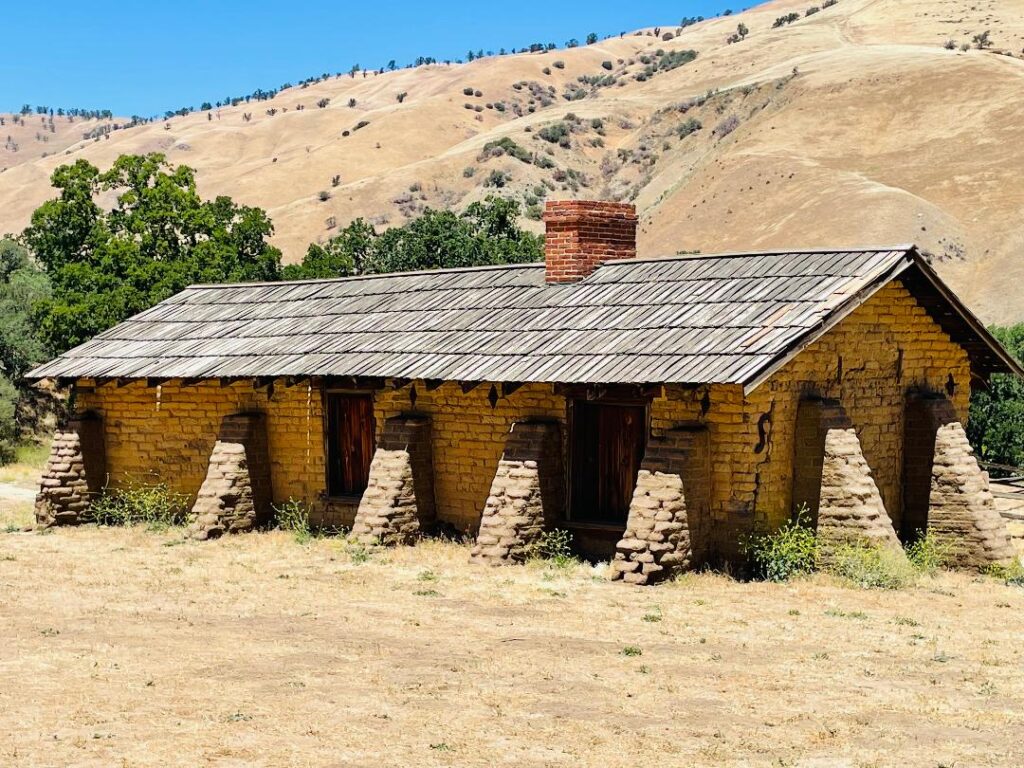
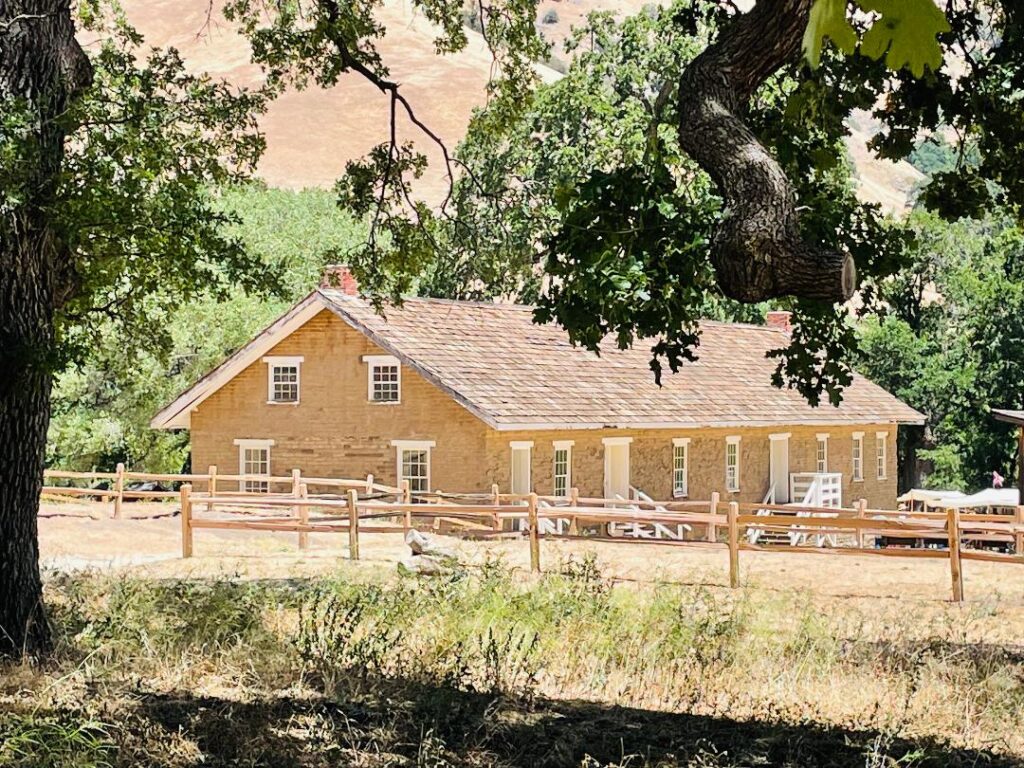
Today, most of the Fort’s adobe buildings have been restored with a few exceptions. The kitchen was too heavily damaged by one of California’s strongest earthquakes to be restored. Known as the Fort Tejon quake of 1857, the earthquake registered a magnitude of 8.0, setting a California record.
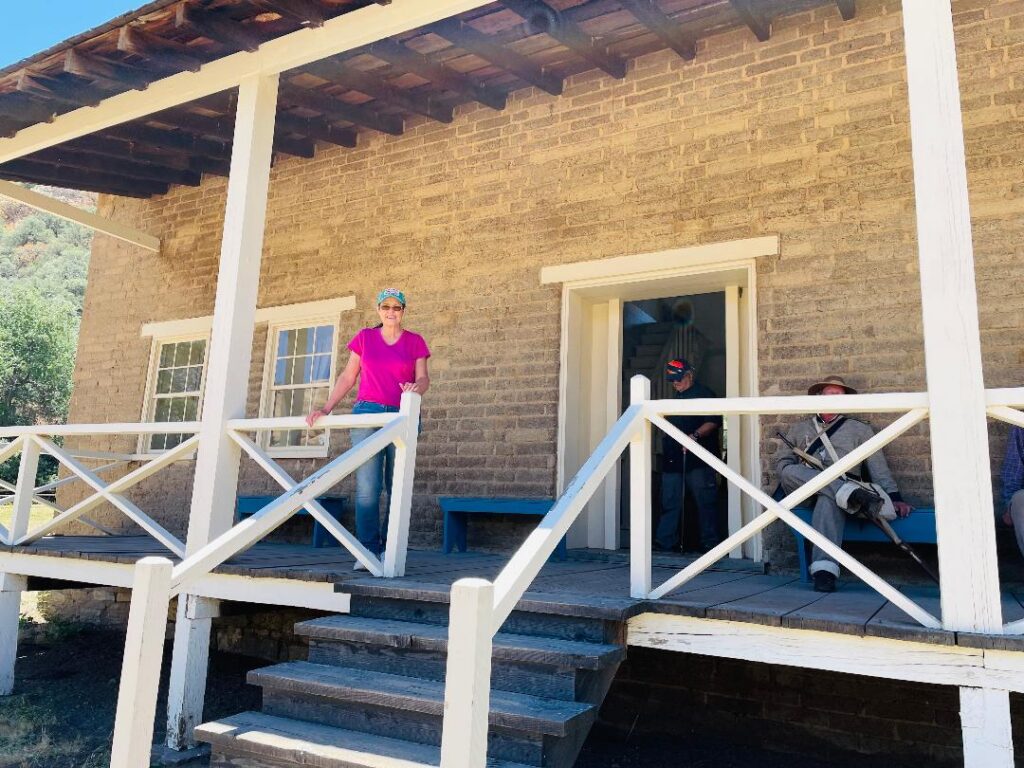
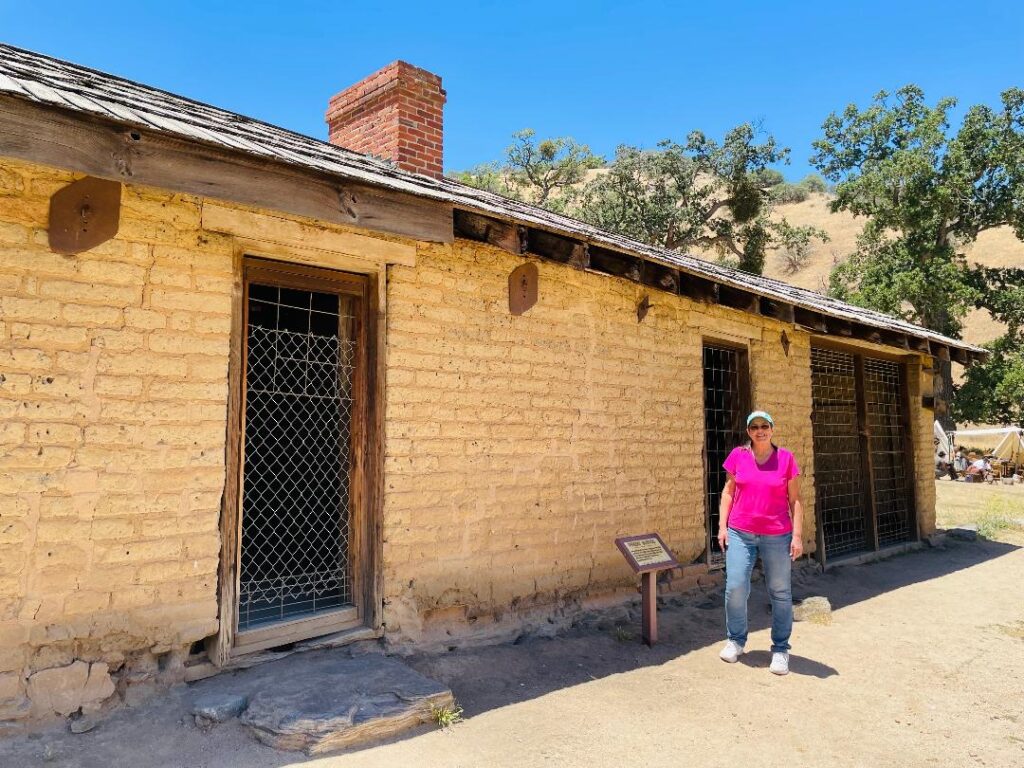
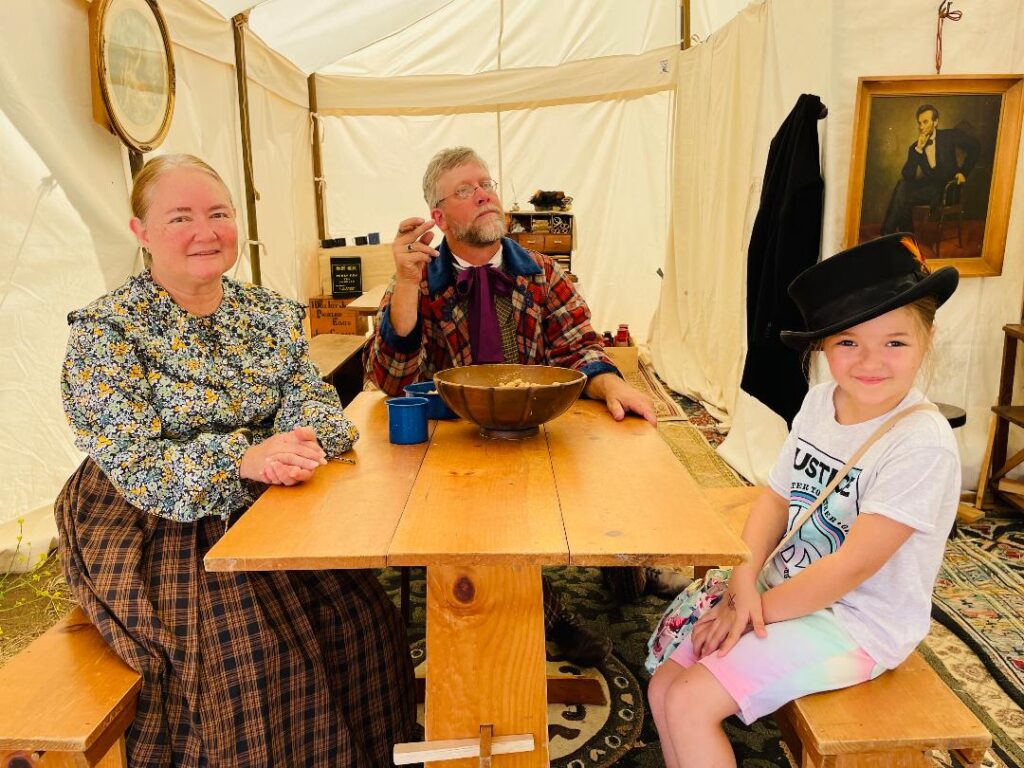
It was so much fun stepping back in time and touring the old adobe buildings and visiting with the volunteers. Dressed in period attire, they reenacted life as it would have been in 1854. We chatted with the townsfolk while they cooked, made hats, crafted, and whittled small toys from wood.
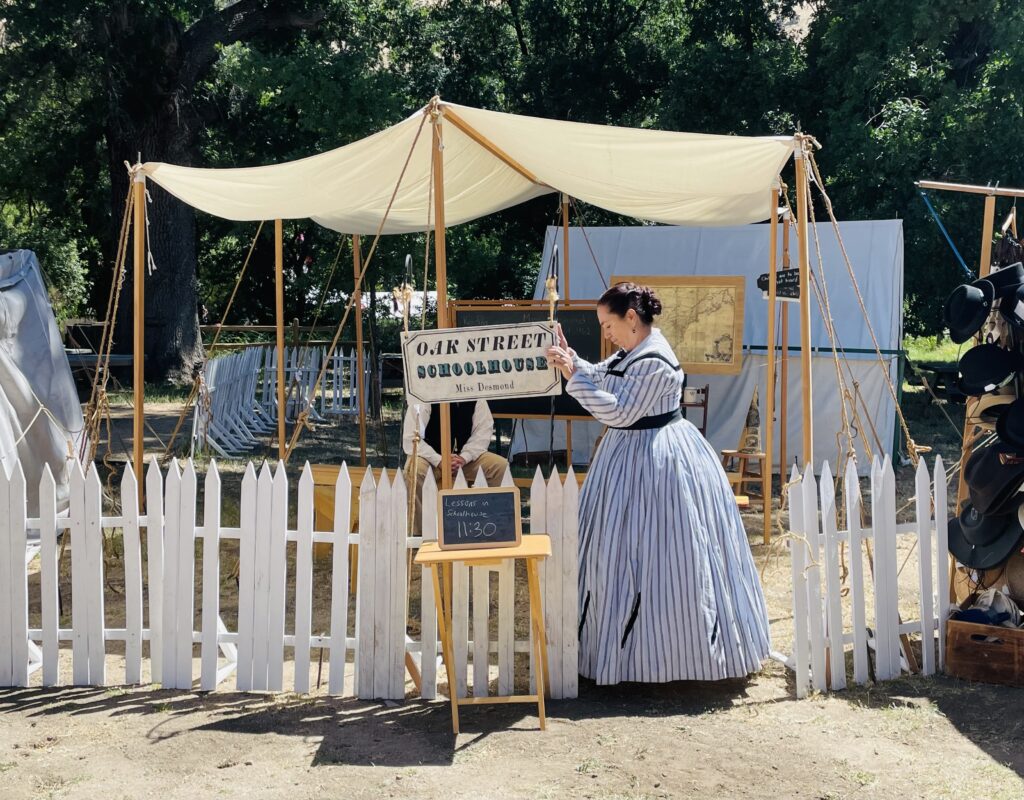
We listened to a teacher in a one-room school house teach the children everything from reading, writing and arithmetic to the discipline of the time, leaving each child in shock and the parents chuckling.

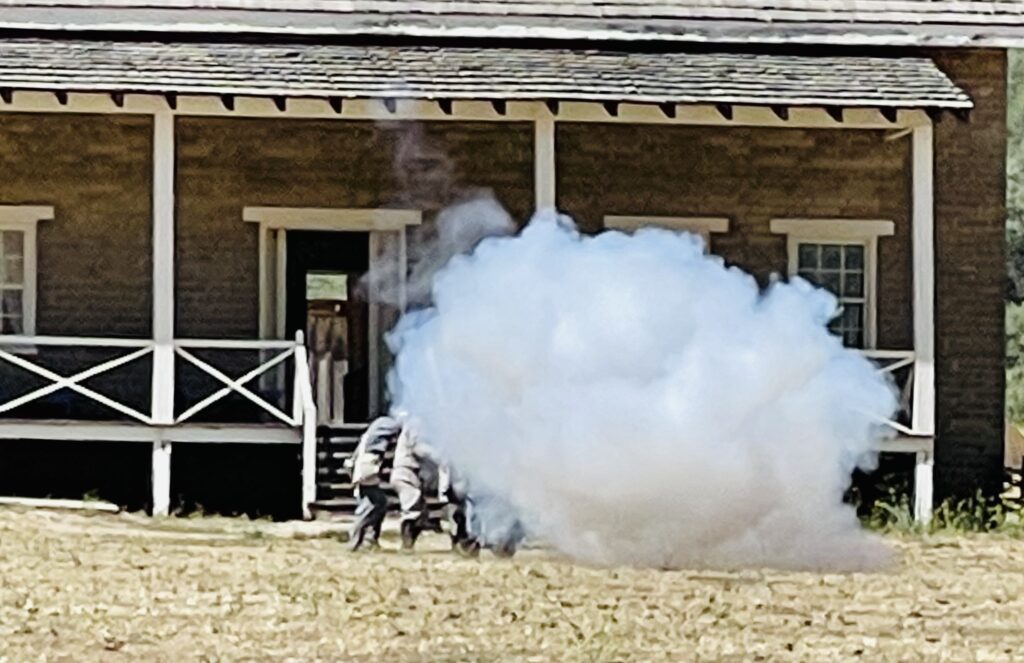
Then, at 11 am sharp, the first canon rocked our senses causing screams from some of the kids as the boom echoed out through the canyon. The canon’s blast marked the start of the featured event that we had anticipated for almost a year, the Fort Tejon Civil War Reenactment.
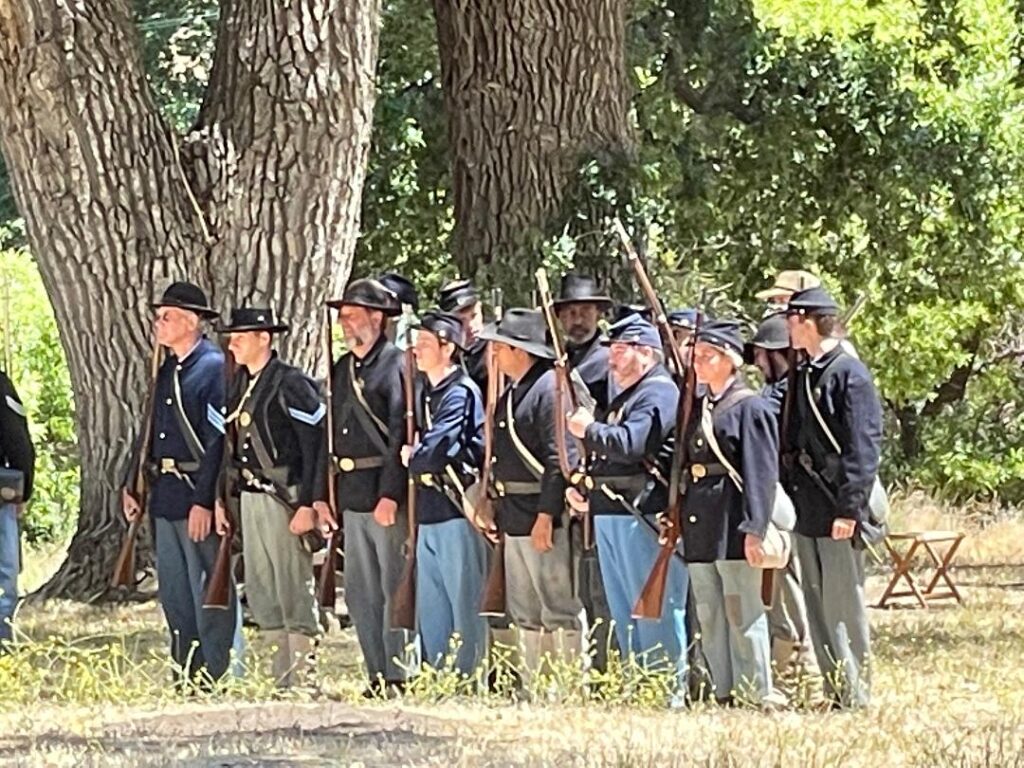
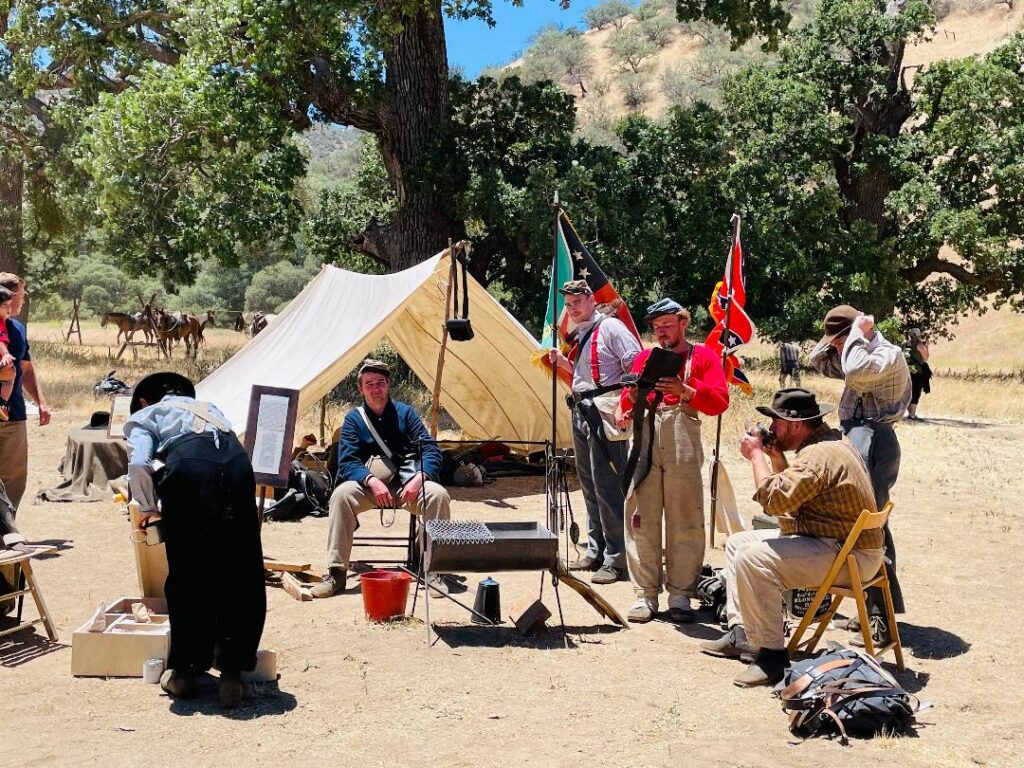
The volunteers, numbering in the hundreds, were all dressed in authentic Union and Confederate uniforms, complete with the correct colors designating them as cavalry or artillery and equipped with period armaments.

Given a demonstration by a member of the Confederate Army, we were shown that the gun powder was actually packed down using Cream of Wheat. This created the blanks and allowed the period guns and armaments to fire and sound authentic.


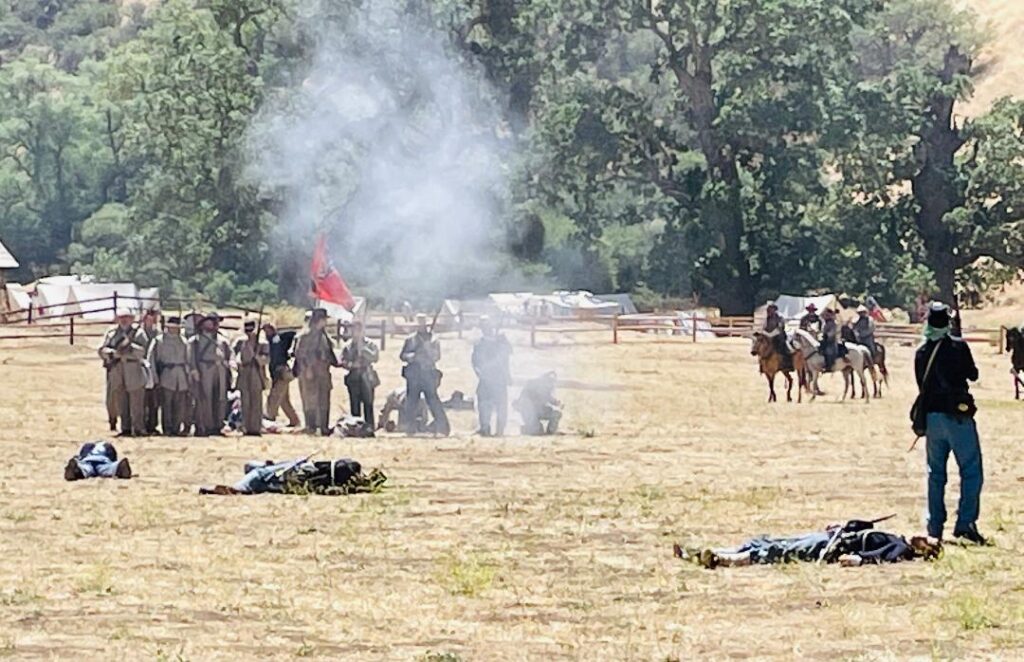
We watched in awe as the volunteers presented skirmish after skirmish, advancing and retreating, reloading and advancing again. They were using the period tactics of the American Civil War. It was amazing to watch them stand their ground in formation as the soldier standing right next to them was gunned down. They didn’t even flinch as they reloaded, stepped over the body and advanced for their next round of coordinated volleys.
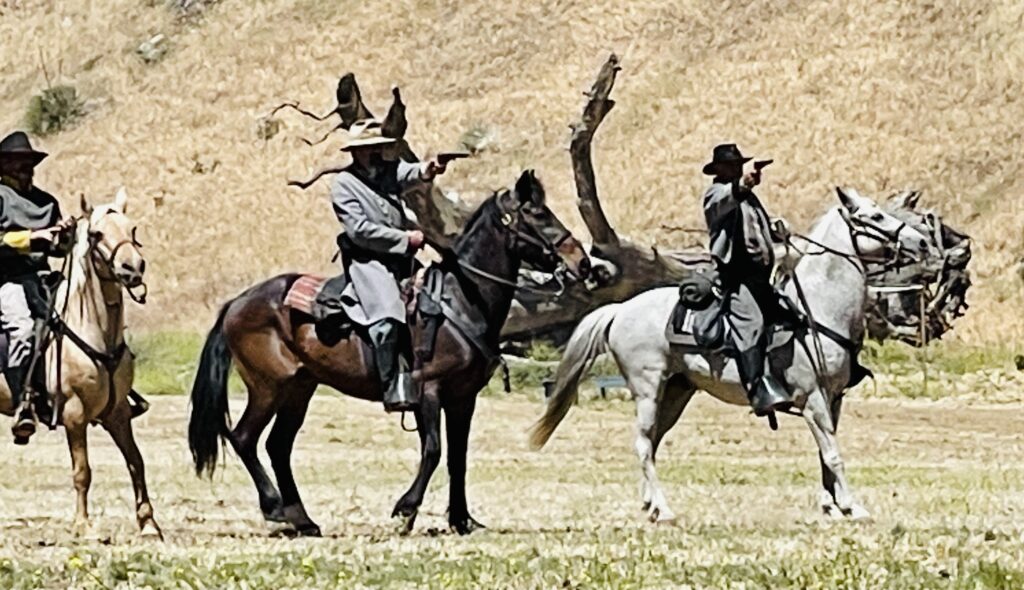
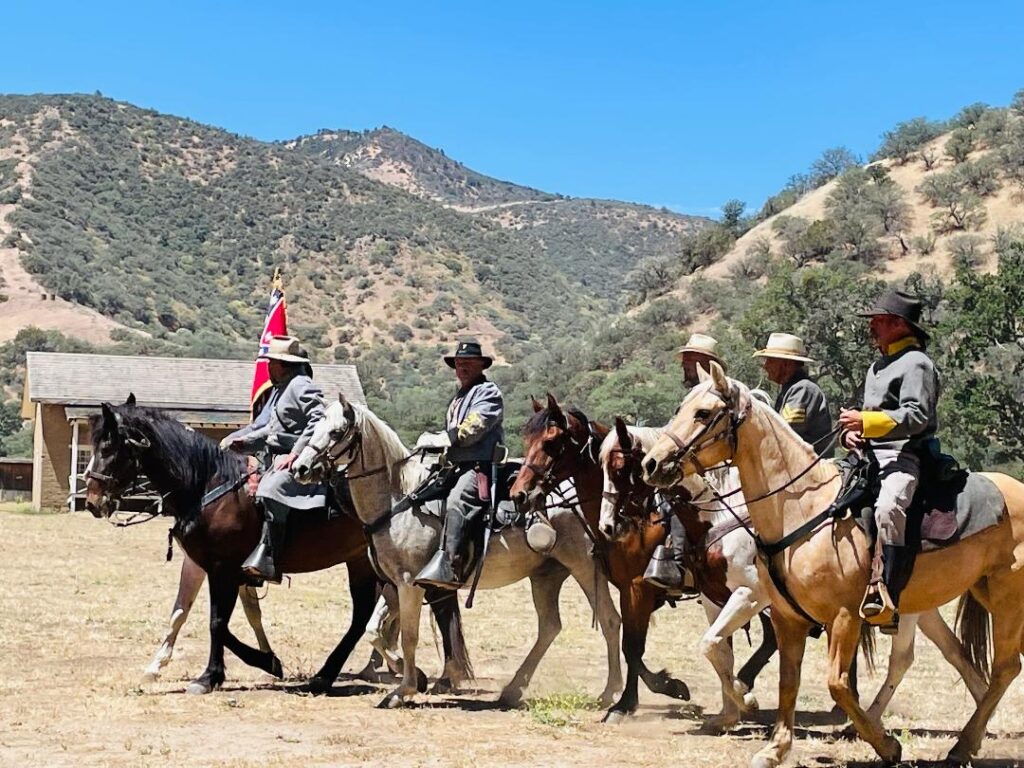
Even more impressive was the cavalry as they came charging into the fight, made their circle, fired their shot and retreated to reload.
But the highlight was the intense loud boom of the canon. Everything stopped for a split second as the explosion of the cannon shook the ground underneath us and left our ears ringing. What a formidable weapon it was in its day causing so much damage and death.
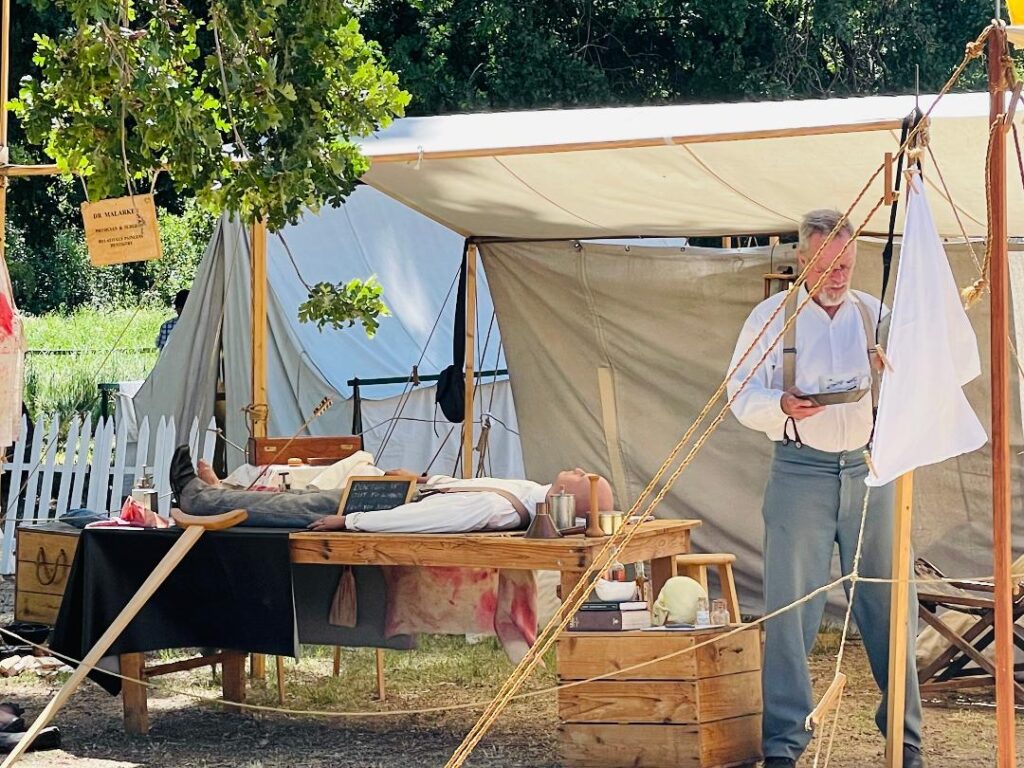
There was a medical tent complete with a period Doctor performing surgeries and amputations. He explained everything in great detail right down to the use of horse hair to tie up bleeding arteries. He told us that the discovery of germs and antibiotics was still 15 years away. This led to his grim diagnosis that even if they survived the amputations over fifty percent of the soldiers would die from the infections.


With the volunteers beating marching rhythms on drums and buglers playing Taps, President Abraham Lincoln was even there to deliver the Gettysburg address. He followed the address by holding an informative question-and-answer session with the crowd.

Who knew our family Funday Adventure could be so entertaining and educational at the same time.
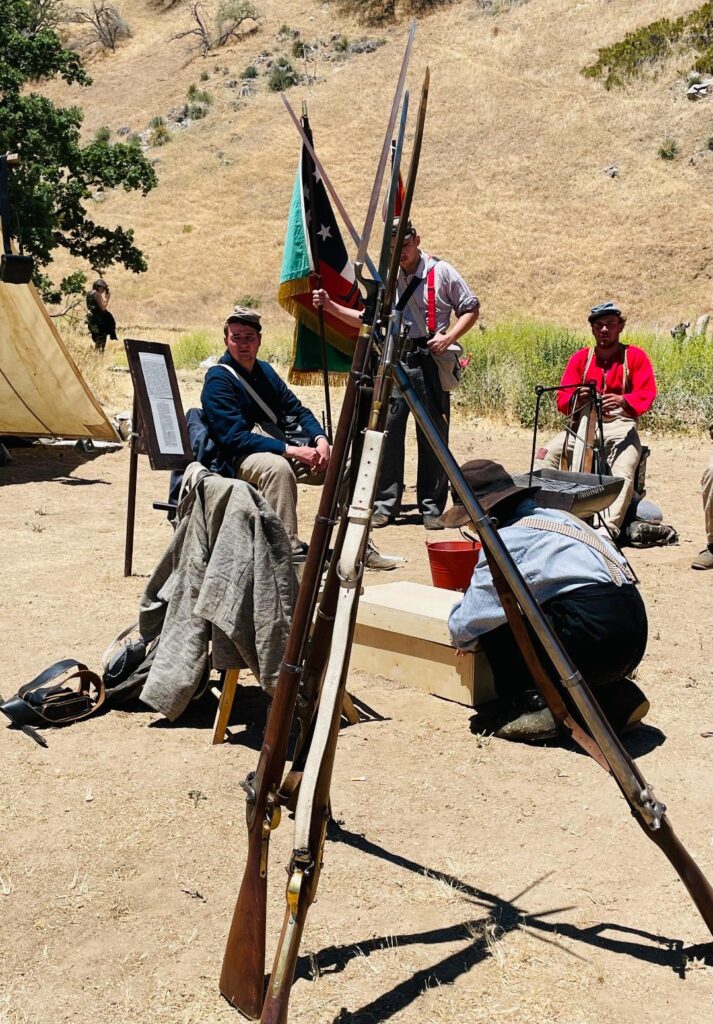
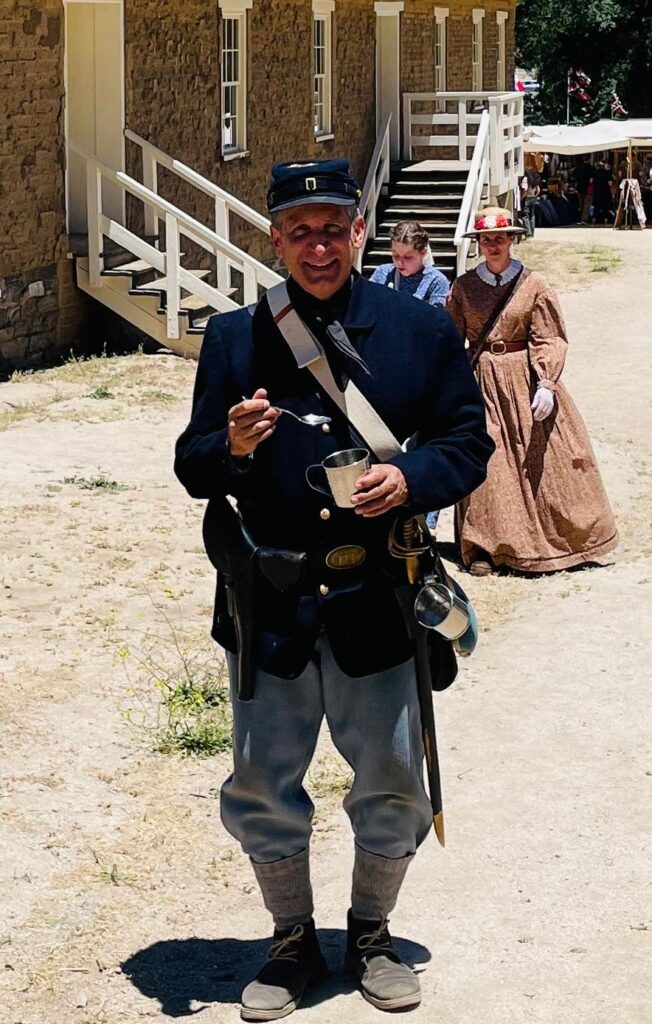
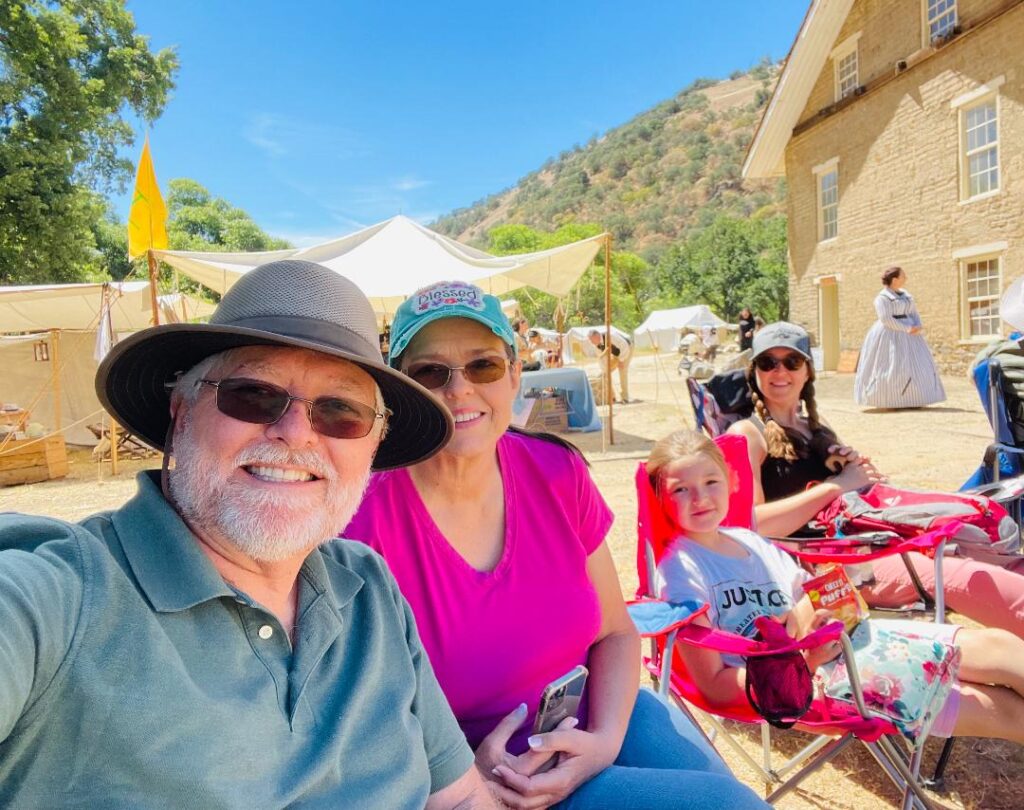
Fort Tejon State Historic Park in Lebec, California is open 7 days a week with special events weekly including the Fort Tejon Civil War Reenactment, held the first weekend of June each year. Check out their website for a complete schedule of events and more details at info@forttejonca.org.
